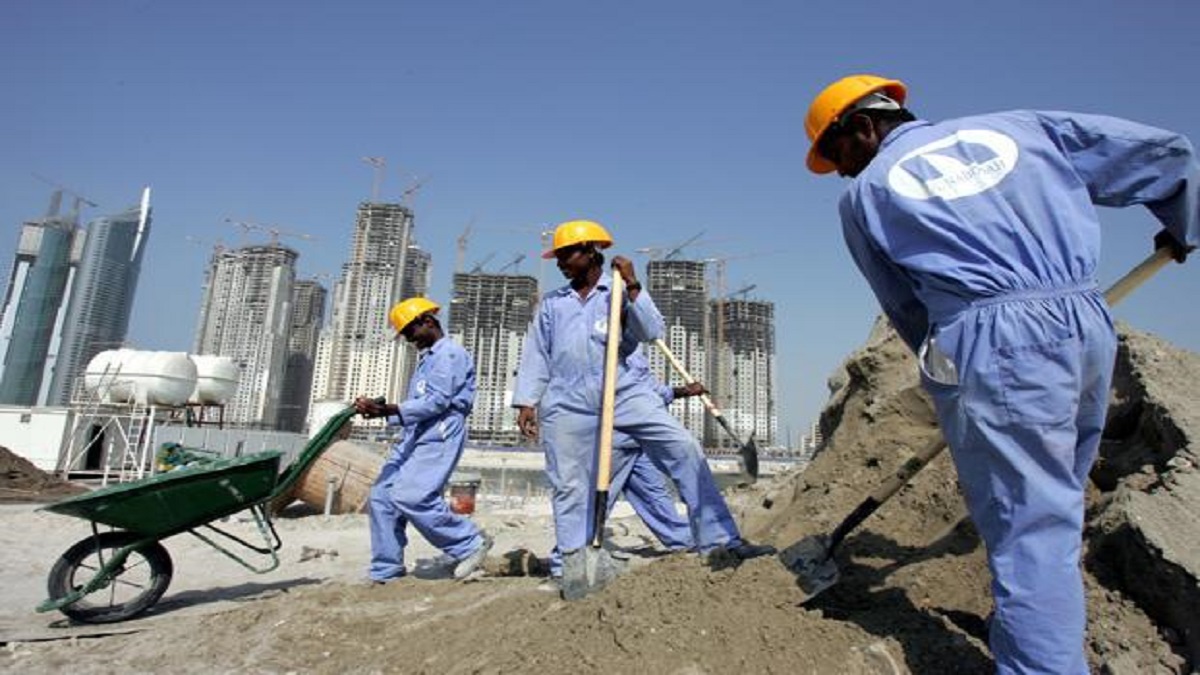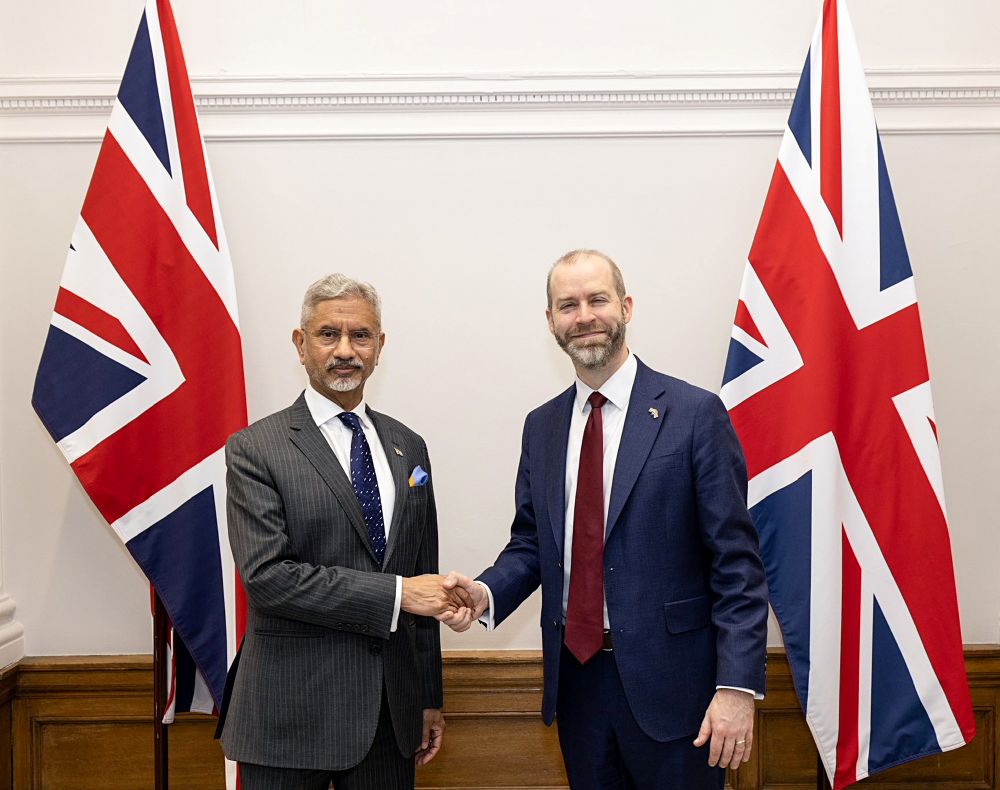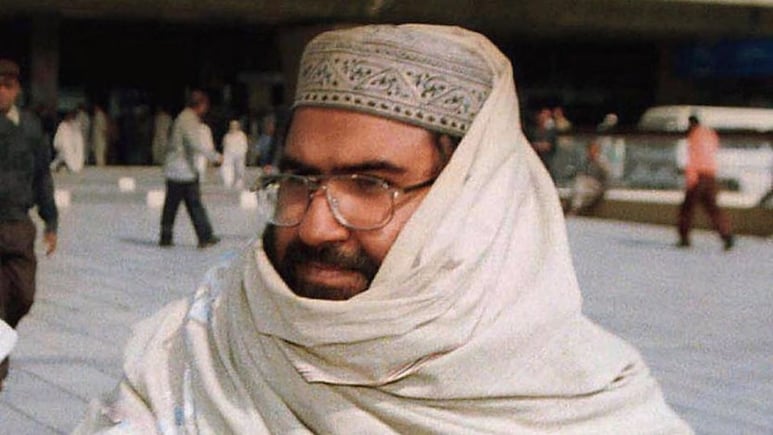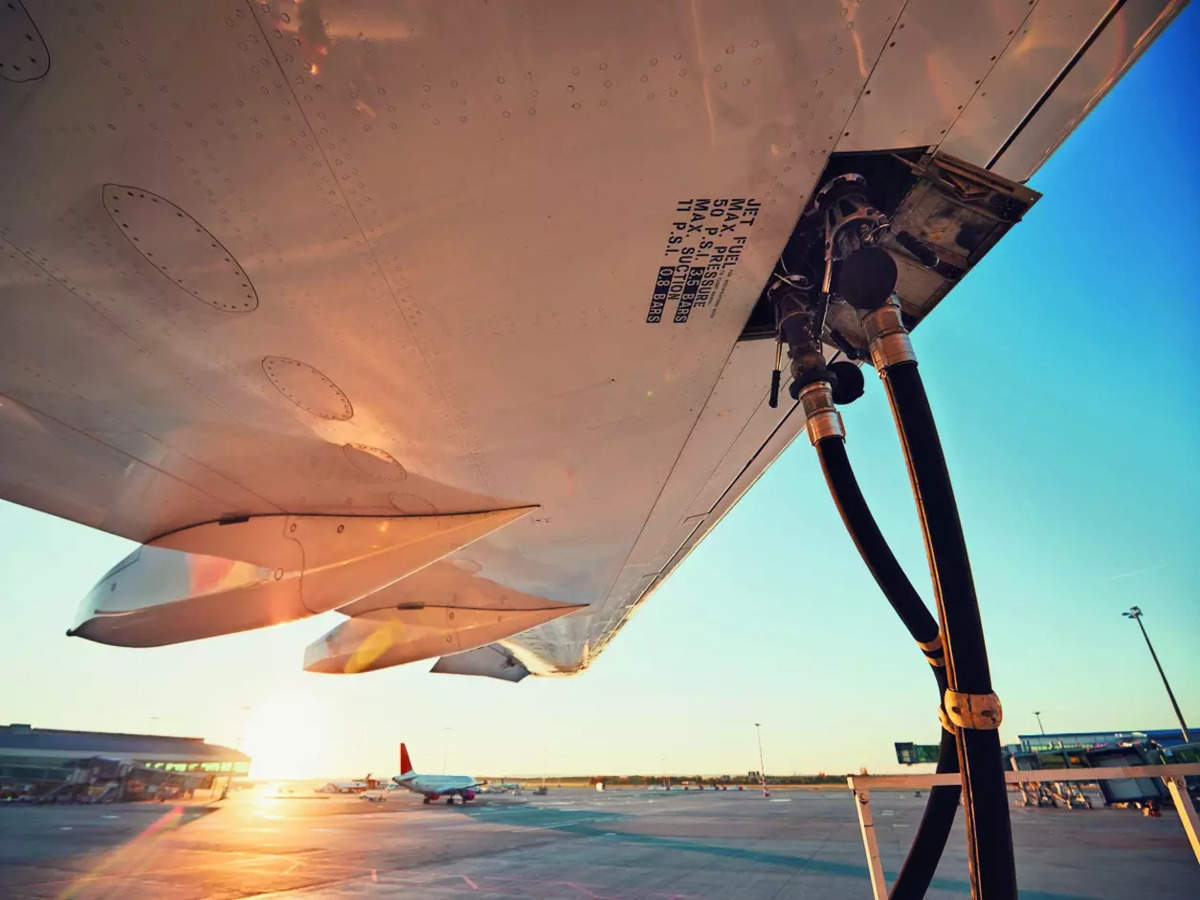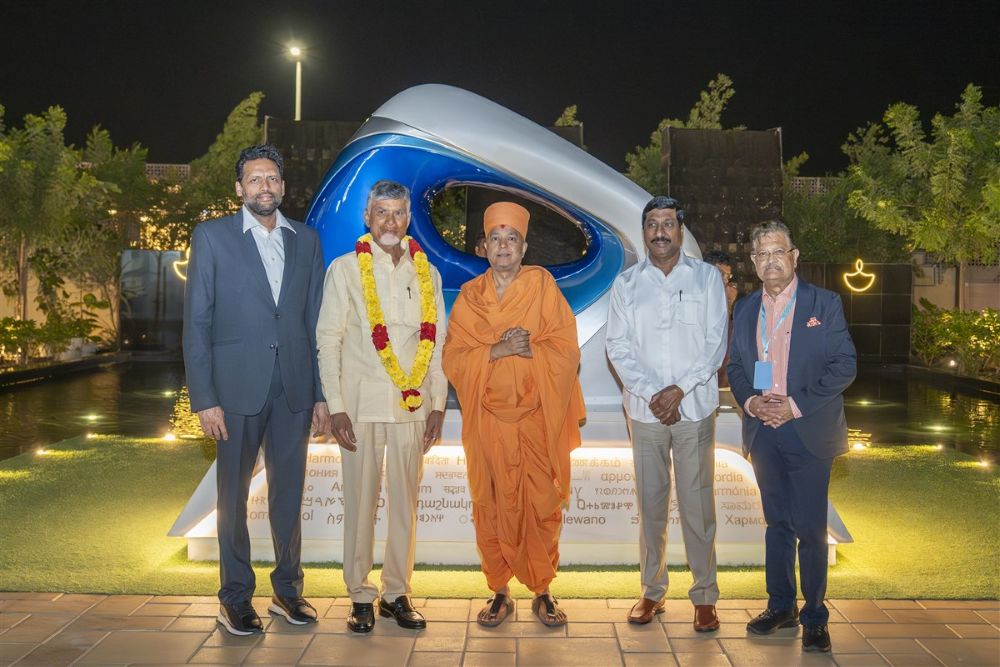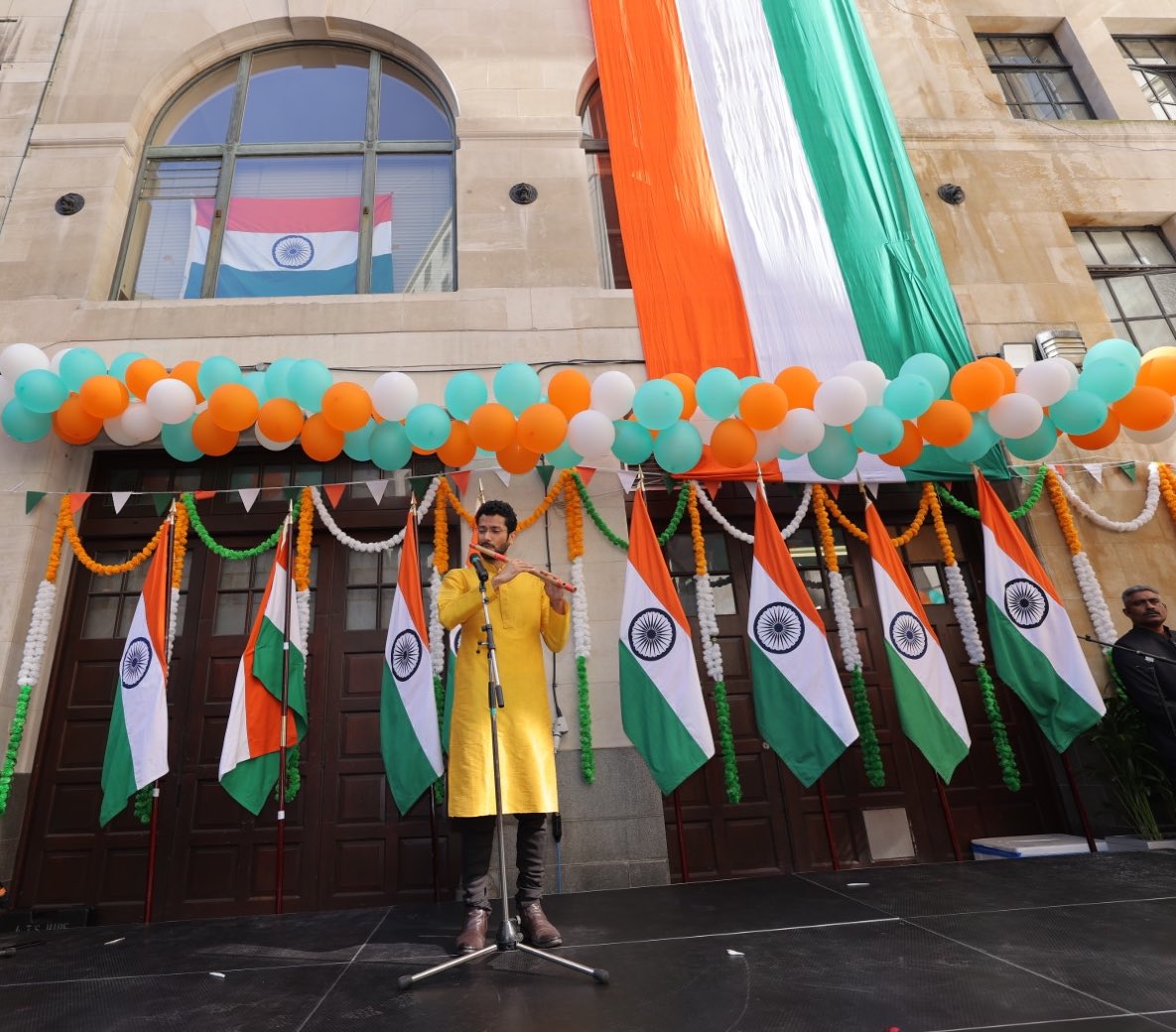Our Bureau
New Delhi
A recent study conducted by Huntr, a United Arab Emirates-based marketplace connecting migrant workers with enterprises, has uncovered a remarkable 50% increase in the migration of blue-collar workers from India to the Gulf Cooperation Council (GCC) nations in the first seven months of 2023.
This surge in migration is driven by a combination of factors, including economic opportunities, higher salaries, and shifts in migration patterns across India. The study, which analyzed data from a sample size of 100,000 workers, highlights a significant shift in the origin of these migrants.
Kerala, a state historically known for contributing a substantial portion of the blue-collar workforce to the Middle East, has experienced a drastic 90% decrease in migration over the last decade. This void has been filled by the emergence of Uttar Pradesh and Bihar as the leading contributors to the Gulf migration landscape.
The top five labor-sending states now include Uttar Pradesh, Bihar, Kerala, West Bengal, and Tamil Nadu, while the preferred destinations remain Saudi Arabia, the UAE, Qatar, Kuwait, and Oman.
The demographic profile of Indian migrants to Dubai in 2023 reveals a workforce primarily concentrated in the 20-40 age range, indicative of individuals in their prime working years. Historically male-dominated, the landscape is evolving with a notable increase in female migrants, particularly in the hospitality sector.
Qualifications among migrants vary widely, ranging from minimal formal education to vocational training, with skill sets tailored to specific job roles. The majority of these migrants hail from lower-income backgrounds, driven by the aspiration for enhanced financial conditions through opportunities in Dubai’s robust job market.
The employment landscape of 2024 is projected to experience a surge in demand for specific job roles in Dubai, including construction workers, manufacturing technicians, hospitality staff, and healthcare support staff. This forecast aligns seamlessly with the UAE’s substantial investment in manufacturing and infrastructure, indicating a strategic move to accommodate the influx of skilled workers from India.
Huntr CEO Samuel Joy emphasizes the importance of addressing challenges faced by blue-collar workers, such as financial and contractual issues, through collaborative efforts between India and the UAE. The company plays a pivotal role in eliminating middlemen, fostering transparency, and promoting fair recruitment practices to counter the vicious debt cycle.
Beyond the numbers, this trend signifies a mutually beneficial exchange between India and the UAE. The skilled Indian diaspora is not only supporting the UAE’s visionary growth plans but also gaining invaluable experience and exposure to modern technologies and practices. As these workers acquire new skills and knowledge, they contribute to the development of their home regions upon their return, fostering innovation, entrepreneurship, and sustainable economic progress for both nations.
The study underscores the significance of this migration trend in shaping the future of the Gulf labor market and the economic ties between India and the Middle East.
















